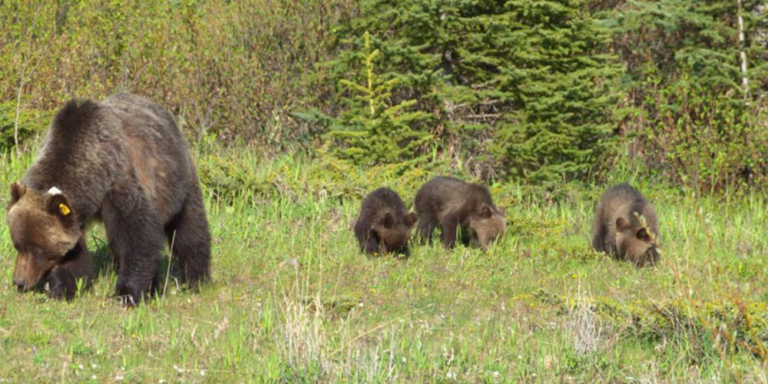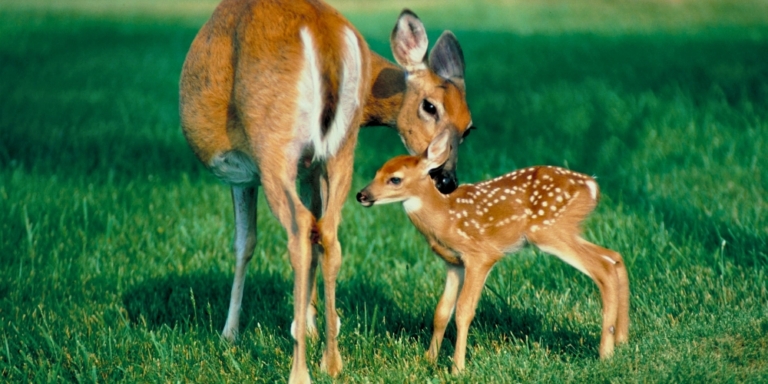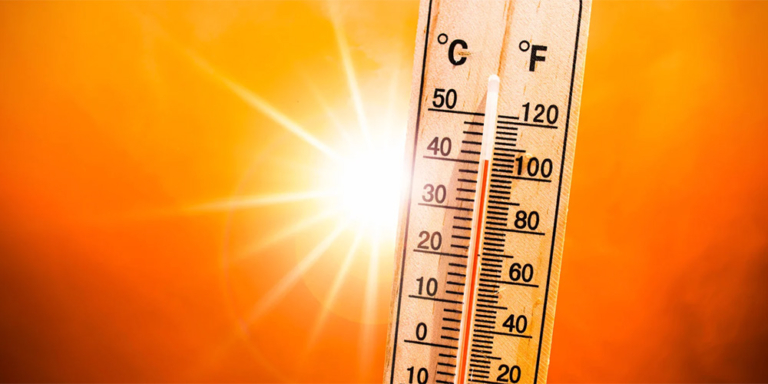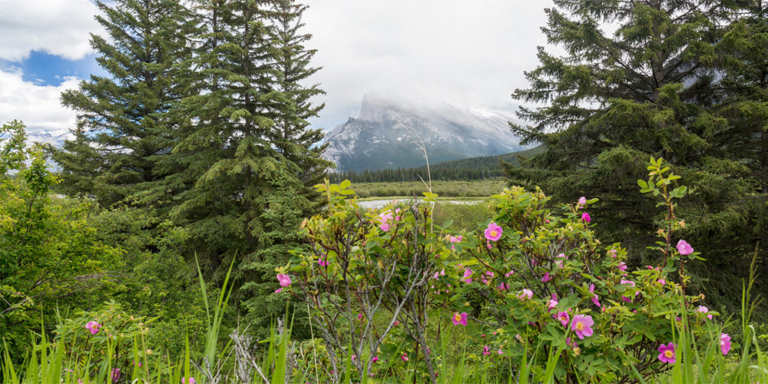If you walked the shores of Vermilion Lakes in Banff in late March, you probably saw a disturbing sight: hundreds, if not thousands, of dead fish.
What the heck?
A toxic waste spill or even Alberta’s recent drought didn’t cause the mass die-off.
The fish died from winterkill.
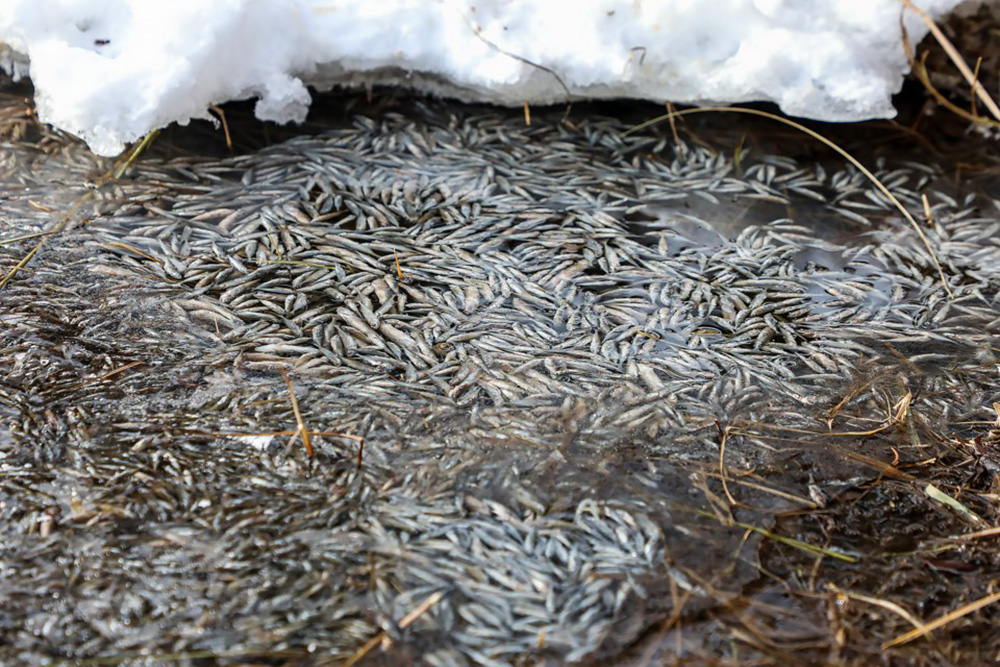

Winterkill sounds intimidating, but it is the most common cause of fish mortality.
According to Mark Taylor, aquatics team lead for the park, the fish deaths included white suckers and brook stickleback, native species to Vermilion Lakes.
Winterkill occurs when oxygen levels in a lake become too low.
Like us, fish need oxygen to survive. Without oxygen, fish in a lake will die. Many factors contribute to winterkill, including ice thickness and snow cover.
If a lake is covered by thick ice or snow, the amount of sunlight that can get through is limited.
The plants and algae underneath the ice need sunlight to survive and produce the oxygen fish need. But without sunlight, aquatic vegetation dies and decomposes, which consumes even more oxygen.
In the case of the thousands of fish that went belly up in Vermilion Lakes, Taylor thinks a lengthy cold snap is partly responsible.
“That’s kind of the traditional way that a fish-kill happens, is really cool temperatures that create really thick ice, and either the thick ice or the snow blanketing on top of the ice is blocking light from penetrating into the water column,” Taylor told the Rocky Mountain Outlook.
But Taylor claims there is more to this winterkill than meets the eye, and a cold snap is just one piece of the fishy puzzle.


Too Hot To Handle
In addition to thick ice and snow cover, other factors like water level, lake depth, cloudy weather, and lake vegetation all contribute to winterkill.
Taylor points out that aquatic plants in Vermilion Lakes were flourishing in recent summers, likely due to record-high summer temperatures.
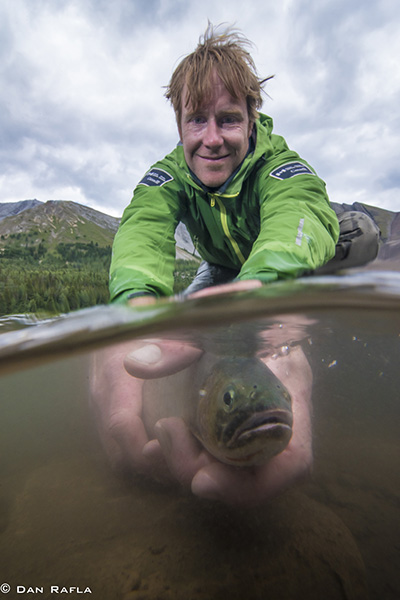

While this is great news for the aquatic plants in Vermilion Lakes, excess plant growth comes with a catch.
“We had two summers in a row with heat domes, and then you get a hyper-abundance of vegetation that then has to decompose come winter,” explained Taylor.
Decomposing vegetation consumes oxygen, which means less oxygen for fish, resulting in a winterkill that is worse than it would be if it followed a regular summer.
According to Canmore’s Bob Sandford, Senior Government Affairs Liaison in Global Climate Emergency Response at the United Nations University Institute for Water, Environment and Health, Vermilion Lakes are too shallow to develop thermal stratification.
Thermal stratification is a natural phenomenon in lakes where the water separates into layers of different temperatures.
Have you ever treaded water in a warm lake during the summer and wondered why the water at your feet felt so much colder?
That temperature difference is a result of thermal stratification.
Similar to how oil separates from water, warmer water separates from colder water to form layers of different temperatures.
Depending on environmental conditions, the top layer usually contains more oxygen because it can access the sun, allowing aquatic plants to photosynthesize and produce oxygen.
On the other hand, without access to sunlight, the lower layers hold very little oxygen, and this supply is constantly depleted by organisms like fish and the decomposition of aquatic plants.
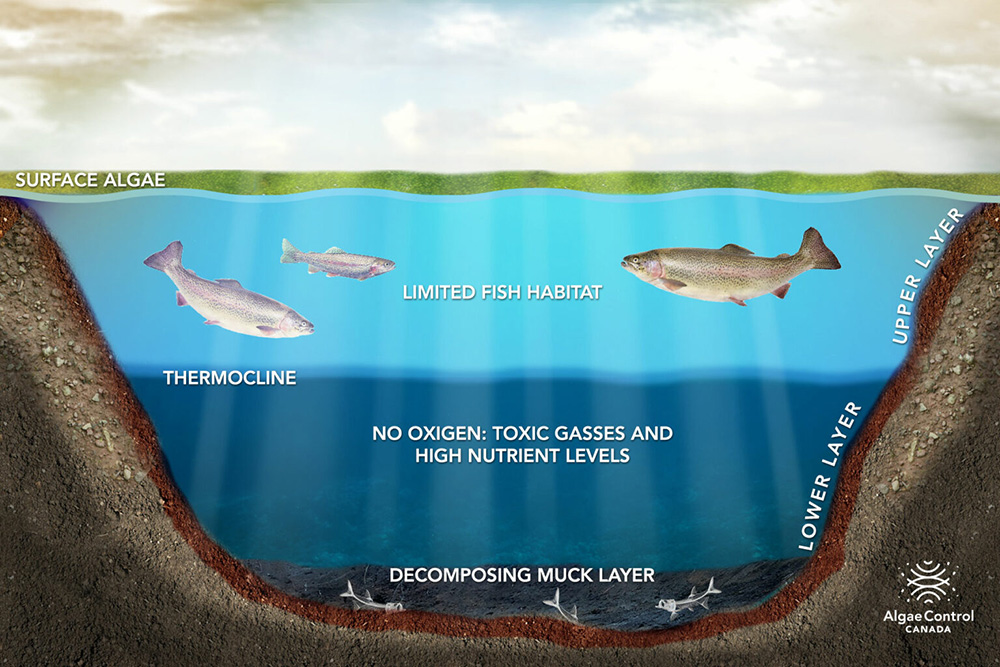

Lakes rely on lake turnover to replenish oxygen levels throughout their thermal layers. Lake turnover occurs when temperatures begin to drop in the fall and when temperatures rise in the spring.
The warm and cold layers mix like a blender during this time, and oxygen spreads between layers.
Lake turnover is like an HVAC in your house, refreshing the stale air inside with fresh air from outside.
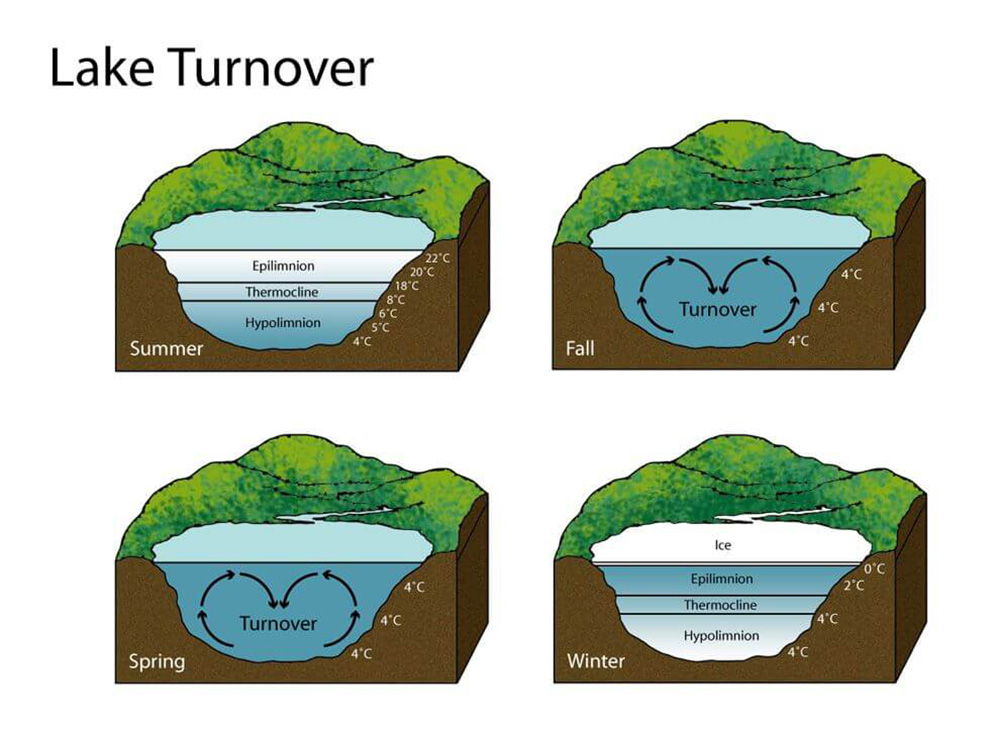

Too Much Of A Good Thing
Vermilion Lakes are too shallow for thermal stratification, meaning warm and cool water is continuously mixed during the ice-free months.
As a result, shallow lakes can remain well-mixed and oxygenated from top to bottom, which means more oxygen for aquatic plants to grow.
In addition to oxygen, shallow lakes are warmer than deep lakes because sunlight can reach the bottoms of shallow lakes, similar to how a shallow kettle will boil faster than a deep pot of water.
Warmer water promotes the growth of aquatic plants, which can lead to dangerous consequences like algae blooms that consume oxygen and block sunlight.
A well-mixed and warm lake might sound good but has some drawbacks.
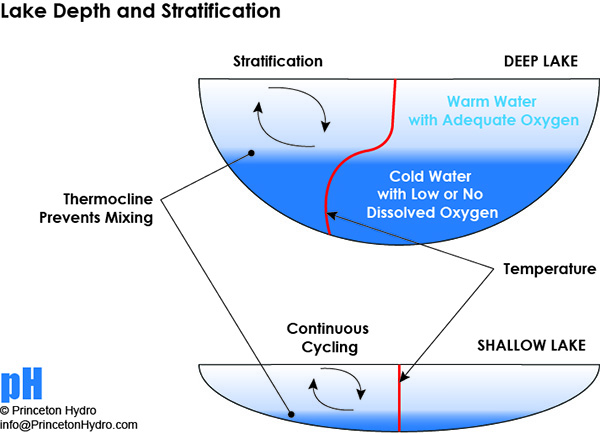

Warm water holds less oxygen because its molecules move faster than cold water, allowing oxygen atoms to escape into the atmosphere.
When a lake freezes in winter, whatever oxygen remains must last until the ice melts in the spring.
In Vermilion Lakes, the decomposition of many aquatic plants from the summer likely consumed the oxygen supply rapidly.
When the oxygen supply gets dangerously low or runs out, the result is winterkill, which Sandford suspects happened in Vermilion Lakes.
“Winterkill will likely continue in the future as lake temperatures, on average, rise with each degree of global warming,” said Sandford.
Winterkill affects more than just the fish population in Vermilion Lakes; it affects the entire ecosystem, including many rare plant species, birds, mammals, and other aquatic species.
Winterkill isn’t exclusive to Vermilion Lakes. A similar incident happened in Canmore, after January’s cold spell, where many trout washed up dead.
As water levels decrease in many Alberta lakes due to the ongoing drought and as summer temperatures increase due to a changing climate, more lakes in the province will experience episodes of algal blooms and winterkill.
Algal blooms are already happening earlier and more frequently across the province.
In Minnesota, researchers predict a 600 percent increase in fish kills by 2100 if climate change does not slow.
As global temperatures continue to rise, we must seriously consider the implications of a changing climate on fish habitats which are already suffering losses from logging, mining, invasive species, and development.




